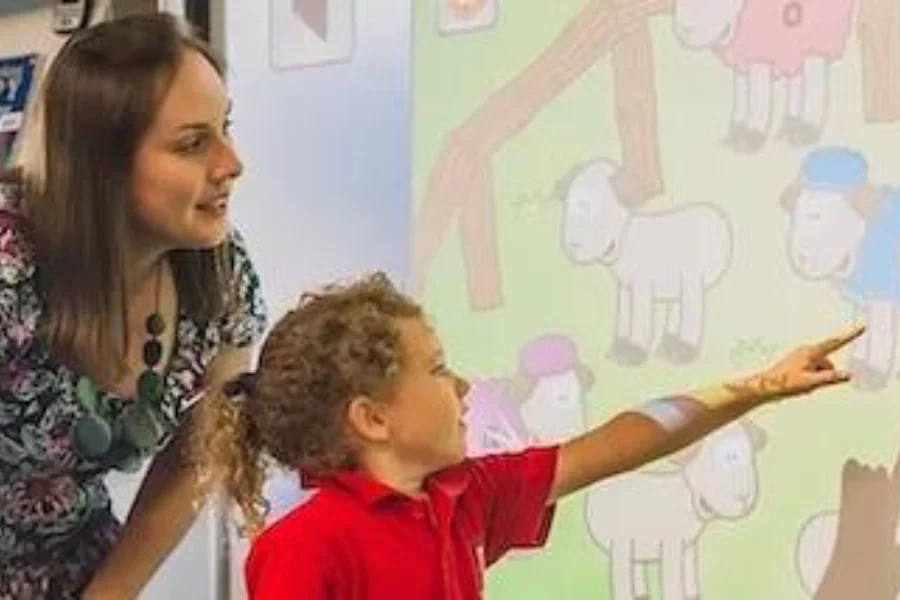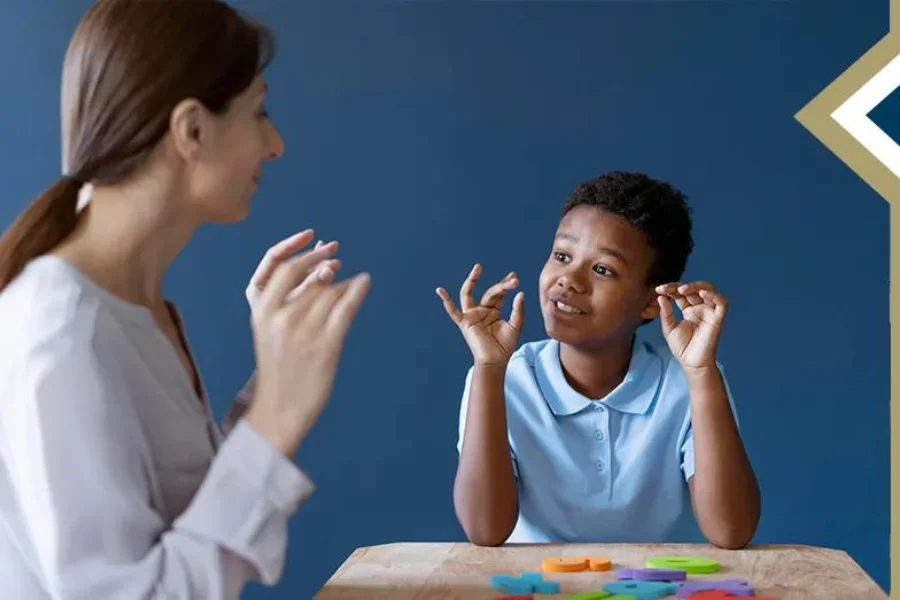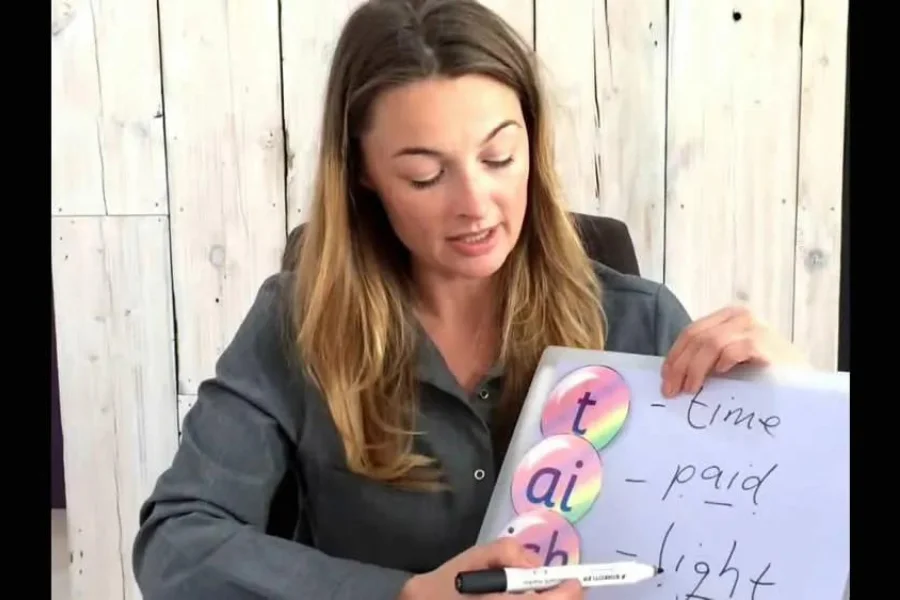Phonics vs Phonetics

Source: phonicshero
Phonics vs Phonetics
Understanding Phonics vs Phonetics is crucial for individuals interested in language learning, speech remedy, or phonology. While they might sound alike, phonics and phonetics are completely separate fields with distinct uses and unique teaching styles. The technique of Phonics instruction is used in developing reading and writing by relating sounds with symbols in an alphabetic writing structure.
On the other side, phonetics relates to the scientific study of speech sounds. In this survey of Phonics vs Phonetics, we will resolve how the principle of Phonics vs Phonetics functions, their roles in language learning, and why understanding their dissimilarity in language learning is essential for effective conversation and education.
Table of Content

Source: gsehd
Definition
Let us understand the Definition of the terms Phonics vs Phonetics. Phonics is a teaching method directed at how letters or groups of letters denote sounds in an alphabetic writing structure. For example, instructing a kid that the letter ‘B’ represents the /b/ sound. Phonetics, on the other hand, is the scientific study of human speech sounds, containing their physical, physiological, and auditory goods. An example is examining how the /b/ sound is produced by the lips.
Purpose
The Purpose of Phonics vs Phonetics are different. The Purpose of Phonics is to explain reading and writing. It helps students understand how to associate sounds with symbols, assisting in learning. Phonetics provides to understand and classify the sounds made in human speech, which can be used in phonology, speech therapy, and language exploration.
Approach
Let us look into the Phonics vs Phonetics teaching Approach. Phonics uses a systematic method, usually starting with simple sounds and progressively introducing more difficult sound blends. Phonetics, in contrast, involves analyzing all aspects of speech sounds, including their formation and acoustic qualities, without a specific sequence.
Components Studied
Components Studied vary in Phonics vs Phonetics. In phonics, the attention is on letters and syllables as they relate to verbal language. Phonetics studies the aspects of speech sounds themselves, like pronunciation, pitch, and manner.
Use in Language Learning
Phonics vs Phonetics Use in Language Learning is varied. Phonics is essential in initial language learning, especially for students learning to read and write. Phonetics is more often used in innovative language study, for example, linguistics and language development.
To know more about the Phonics Teacher Training Course, reach us at +91986986627 / +919869546913.
Have a look at the Phonics Teacher Training Course brochure From Here

Source: healthwatchgreenwich
Tools and Techniques
Teaching Tools and Techniques vary significantly in Phonics vs Phonetics. Phonics depend on learning materials like alphabet books, phonics games, and reading practice. Phonetics uses specialized material such as visual speech to study sound waves, and phonetic transcript systems like the International Phonetic Alphabet (IPA).
Application in Different Languages
There is a huge difference between Phonics vs Phonetics depending on their Application in Different Languages. Phonics methods vary between languages based on their writing systems. English phonics, for example, deals with the complexities of English spelling. Phonetics, being a universal study of sounds, applies to all languages, examining the fundamental sound elements.
Professional Involvement
Professional Involvement varies in Phonics vs Phonetics. Educators and reading specialists often engage with phonics. Phonetics is commonly used by speech therapists, linguists, and language scholars.
Impact on Language Proficiency
Impact on Language Proficiency in phonics can lead to advanced reading and writing techniques. Specialization in phonetics can improve an individual’s understanding of verbal systems and help in learning foreign languages or examining speech disorders.
Historical Development
Historical Development of Phonics vs Phonetics is enormously different. Phonics has evolved as a pedagogical approach, influenced by educational theories and literacy rates. Phonetics led back to the ancient language and has advanced through scientific advancements in understanding human speech.
Phonics vs Phonetics may look exchangeable, but they are different. Having clarity in Phonics vs Phonetics is important. Phonics is about teaching the relationship between sounds and symbols in writing, but phonetics is the inclusive study of speech sounds. Both are essential in their respective fields, contributing significantly to language learning and understanding. This exploration sheds light on their incomparable yet significant roles and applications, emphasizing the effectiveness of both in the domain of language and communication.
To know more about the Phonics Teacher Training Course, reach us at +91986986627 / +919869546913.
Have a look at the Phonics Teacher Training Course brochure From Here.

Source: ytimg
Phonics Class for Teachers
A Phonics Class for Teachers offers a myriad of benefits, ensuring educators are well-equipped to teach reading and writing effectively.
Here’s a detailed glimpse at the edges of participating in a Phonics Class for Teachers:
18 Hours of Intensive Training
This concentrated training provides teachers with a deep understanding of the phonics approach. It improves their skill to teach reading and spelling through phonics, separating it from the broader phonetics study, which emphasizes the production and observation of speech sounds.
UK-based Synthetic Phonics Teaching Methodology
This method is highly observed for its efficiency in teaching literacy. It highlights the correlation between letters and sounds, an essential aspect of phonics, which makes it different from phonetics which deals with the physical aspects of sound production.
Audio-Visual Teaching Aids
The use of these aids makes learning more engaging and effective. They help in illustrating and understanding Phonics vs Phonetics, making it easier for teachers to convey these concepts to students.
Demonstration of Sounds with Jingles, Narration, and Actions
This interactive approach helps in better understanding and memorization of the 42 sounds integral to phonics. This hands-on experience is crucial in phonics instruction, differing significantly from the theoretical and analytical approach of phonetics.
Comprehensive Practice of all the 42 Sounds (Letter Sounds & Digraphs)
Mastering these sounds is essential in phonics, enabling teachers to impart reading skills more productively. This focus on practical skills gives clarity in understanding Phonics vs Phonetics, which is more concerned with the acoustic and articulatory properties of these sounds.
Mock drills
These drills provide a real-life teaching experience, gearing up teachers for classroom scenarios. This practical application is key in phonics education, as opposed to phonetics which often remains in the realm of theory and research.
Doubt-Solving and Question-Answer Sessions
These sessions allow for clarification and a deeper understanding of Phonics vs Phonetics, making it easier for teachers to grasp the nuances of phonics, a more application-oriented field compared to the theoretical nature of phonetics.
The Phonics Class for Teachers is designed to offer a thorough understanding of Phonics vs Phonetics and provides practical skills in phonics, a crucial component in teaching literacy. This contrasts with phonetics, which works towards the scientific study of speech sounds. By focusing on these key aspects, teachers gain insights into Phonics vs Phonetics and become proficient in imparting reading and writing skills, essential for their students’ academic success.
Phonics vs Phonetics
Join Vidhyanidhi’s Phonics Teacher Training Course and Enjoy the secret to literacy success now!
To know more about the Phonics Teacher Training Course, reach us at +919869866277 / +919869546913.
Have a look at the Phonics Teacher Training Course brochure From Here.
FAQs
How to become Phonics teacher?
To become a Phonics teacher, complete a Phonics training course, advance practical skills, and stay informed with the newest teaching methods.
How long does it take to become Phonics Teacher?
Usually, becoming a Phonics teacher can take a few months, depending on the strength and depth of the teaching program you have opted for.
Can I start Phonics Classes for kids after doing Phonics teacher Training Course?
Yes, after completing a Phonics teacher training course, you're equipped to start Phonics classes for kids, applying your new skills and knowledge.




